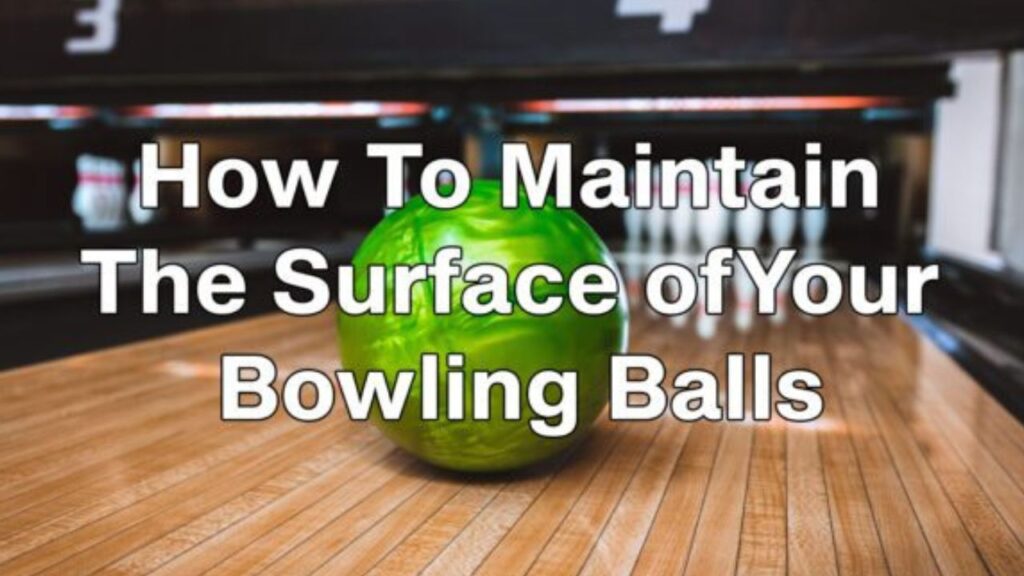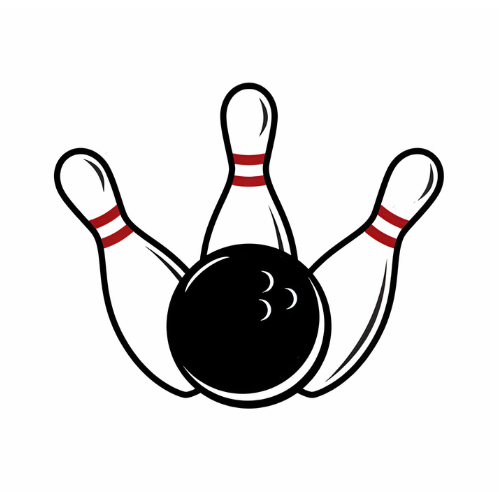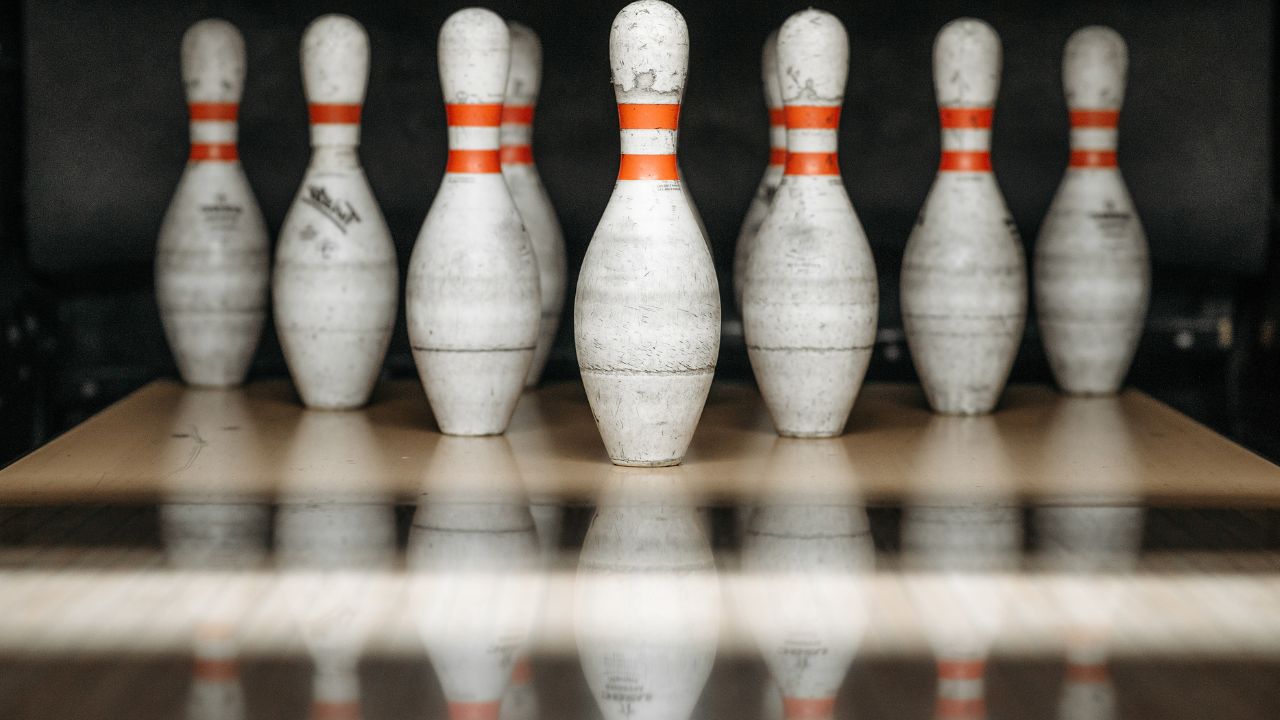Bowling lanes are traditionally made of maple and pine wood, but modern lanes often use synthetic materials. These synthetic surfaces mimic the performance of wood while offering increased durability.
Bowling enthusiasts and newcomers alike revel in the charm of a traditional bowling alley. Each lane, the centerpiece of the experience, weaves a unique narrative of strikes, spares, and elusive turkeys. Understanding what lies beneath the glistening sheen is essential for appreciating the rich history and innovation in the sport.
While classic bowling alleys boast hardwood maple at the head and softer pine towards the end, advancements ushered in synthetic alternatives designed to endure the rigors of countless games. These advancements ensure optimal playability and reduce maintenance, satisfying both alley owners and bowling aficionados. As you step onto the approach, ready to roll, know that whether wood or synthetic, the foundation beneath your feet is crafted to carry every frame towards sporting excellence.

Introduction To The World Of Bowling
Welcome to the exciting world of bowling, a thrilling sport that combines fun, skill, and a rich history. From family gatherings at the local alley to professional tournaments, bowling has something for everyone. This post will take you through the basics of bowling lanes, an essential part of this beloved pastime.
The Rise Of Bowling As A Popular Pastime
Bowling’s roots are ancient, but its modern form took off in the late 20th century. It has grown to become a favorite activity for millions. Stunning alleys, state-of-the-art equipment, and diverse leagues have contributed to bowling’s popularity. Let’s roll into the specifics that make the game uniquely appealing.
Overview Of Bowling Lane Essentials
Understanding what bowling lanes are made of is key to appreciating the game. In short, they consist of a layered construction designed for optimal performance. The surface material, usually wood or synthetic, plays a crucial role in how the ball behaves. Below is a breakdown of materials typically used in lanes.
| Material Type | Features |
|---|---|
| Maple Wood | Classic, offers good friction |
| Pine Wood | Durability for the lane’s back end |
| Synthetic | Modern, uniform playability |
Each lane type has its benefits and affects how bowlers approach their game. Knowledge about the lane material can help players adjust their techniques for better scores. Whether you’re a rookie or a pro, understanding the lane is crucial.
The Anatomy Of A Bowling Lane
Every time a bowler releases a ball, the magic begins on the bowling lane. But what lies beneath the shiny surface? It’s not just about aiming and throwing; it’s about knowing your battlefield. The bowling lane is a marvel of design and engineering, crafted to offer consistency and challenge. Let’s roll into the world beneath your feet and discover what makes a bowling lane tick.
Standard Dimensions And Markings
A bowling lane isn’t just a smooth rectangle. It’s built to precise measurements. The length of a lane is 60 feet from the foul line to the center point of the headpin. The width is typically 42 inches. Markings on the lane include arrows and boards. These guides help you aim and strategize your shot. Here’s how they break down:
- Arrows: Located 12 to 16 feet from the foul line for aiming.
- Boards: Each lane has 39 boards across its width.
- Foul line: Marks the start of the lane. Crossing it is a foul.
- Pins: Set on a deck in a perfect triangle at the end.
Understanding The Sections: Approach, Deck, And Pit
A bowling lane is divided into sections, each with a purpose. The Approach is where bowlers take their steps to gain momentum. It is around 15 feet long. Right after the approach is the start of the lane, known as the Deck. This is the main area where the ball is released and travels towards the pins. And finally, beyond the deck is the Pit, where the ball and knocked-down pins are collected.
| Section | Purpose | Length |
|---|---|---|
| Approach | Start, gain momentum | ~15 feet |
| Deck | Ball release, travel | 60 feet to pins |
| Pit | Collects ball, pins | Behind the pins |
Understanding these sections is key to a bowler’s strategy. Each part plays a role in the game. Proper knowledge can help bowlers decide where they stand on the approach, how they aim, and the way they throw the ball.
Materials That Make Up The Lane
The lane is the heart of a bowling alley, where all the action takes place. Not all lanes are alike. They’re crafted from specific materials that affect gameplay and durability. Let’s roll into the world of bowling lanes and discover what lies beneath the glossy surface.
Traditional Hardwood Lanes: Maple And Pine
Historic charm meets quality in traditional hardwood lanes. Made from sturdy maple and soft pine, these lanes tell a story of classic bowling. Maple’s resilience is used for the lane’s impact zone, while pine fills the rest. Together, they create a durable surface that has stood the test of time.
- Maple Wood: Found at the beginning of the lane. It endures heavy ball impacts.
- Pine Wood: Used beyond the front part. It provides a softer, consistent surface.
Synthetic Lanes: Evolution And Composition
Synthetic lanes mark the evolution of bowling surfaces. These high-tech lanes mimic the hardness and smoothness of wood but offer more uniformity and less maintenance. Layers of materials make these lanes tough, reliable, and ideal for modern bowling alleys.
The composition of synthetic lanes includes:
- High-density fiberboard or phenolic resin
- Wear-resistant overlay
- Photographic reproduction of wood grain
The Role Of Lane Coatings: Oil Patterns And Performance
Beyond what lanes are made of, surface coatings are crucial for performance. A thin layer of oil, the lane condition, plays into the game’s strategy. This invisible aspect of the bowling lane influences the ball’s spin and speed.
| Coating Role | Effect on Performance |
|---|---|
| Protects the lane | Ensures longevity of the surface |
| Creates oil patterns | Affects ball trajectory and hook potential |
Regular maintenance and application of coatings keep lanes in top form and challenge bowlers to adapt their techniques.
Maintenance And Longevity
Maintaining the quality of bowling lanes is crucial for their longevity. Regular upkeep ensures that the surfaces remain in top condition for play. This section discusses the maintenance and longevity of bowling lanes, particularly wooden and synthetic surfaces.
Preserving Wooden Lanes: Resurfacing And Protective Measures
Wooden bowling lanes require regular attention to stay smooth and functional. These surfaces undergo a process known as resurfacing to restore their flatness and remove any grooves or damage. The interval between resurfacing largely depends on the lane’s usage.
Key steps include:
- Sanding the surface to remove old finishes and imperfections.
- Applying a fresh coat of lane oil for protection.
- Implementing preventive measures like shoe covers to limit damage.
Caring For Synthetic Lanes: Cleaning And Upkeep
Synthetic lanes offer durability but still need consistent care. Daily cleaning prevents buildup of oil and dust.
| Daily Tasks | Periodic Duties |
|---|---|
| Wipe with a microfiber cloth. | Deep clean with a lane-specific cleanser. |
| Inspect for wear and tear. | Check for surface leveling. |
How Maintenance Impacts Bowling Scores And Strategy
Proper lane maintenance plays a significant role in game performance. Well-kept lanes ensure consistent ball action.
Well-maintained lanes offer:
- Stable ball roll and direction.
- Reduced unexpected pin action.
- True test of skill and strategy.
The Future Of Bowling Lane Technology
Bowling lanes are evolving. With advancements in technology, what we see and experience in bowling alleys today will soon make a major shift. The materials, interactivity, and sustainability efforts are set to transform how bowlers interact with the lanes. Let’s explore the cutting-edge changes making their way into the world of tenpins.
Advancements in Synthetic Materials
Advancements In Synthetic Materials
The era of synthetic materials has begun. These materials are not just durable but also consistent in performance. Developed to mimic the best characteristics of traditional wooden lanes, synthetics offer high precision and low maintenance. They come with customizable designs, giving alleys a modern edge.
Interactive and Smart Lanes: Enhancing the Bowling Experience
Interactive And Smart Lanes: Enhancing The Bowling Experience
Bowling becomes even more exciting with interactive lanes. These lanes show animated effects as the ball rolls down. Some can even offer game tips. Features include:
- LED lighting that reacts to gameplay
- Touchscreen consoles for easy score tracking
- Integrated sensors to help improve your shots
Smart technology aims to make bowling fun for everyone.
Sustainability in Lane Manufacturing: The Eco-Friendly Shift
Sustainability In Lane Manufacturing: The Eco-friendly Shift
Green initiatives are reshaping manufacturing. Bowling lanes are no exception. The industry now prioritizes renewable resources and recycling processes. New lane materials offer similar quality with a lower carbon footprint. These efforts ensure a better future for our planet – and our bowling alleys.
The Significance Of Lane Composition In Bowling
The composition of bowling lanes plays a key role in the game. It affects everything from ball roll to scoring potential. Professional and recreational bowlers alike need to consider lane material for peak performance. Let’s delve deeper into this aspect of bowling.
Choosing The Right Surface For Your Bowling Style
Different lane surfaces interact with bowling balls uniquely. Your style can thrive or face challenges based on this interaction.
- Hardwood lanes offer a classic feel and consistent roll.
- Synthetics can be less predictable but durable.
- Understanding your approach and ball choice can help in selecting the most suitable lanes for your game.
The Tangible Connection: Lane Material And The Love Of Bowling
The love for bowling transcends beyond the game. The lane material is part and parcel of this affection. A bowler’s preference can often be traced back to their first bowling experience; the sound of the ball rolling, the feel of the approach, and the sight of a strike – all influenced by the lane. This nostalgic connection can deepen the enjoyment of the sport.
FAQ
What Wood Is Used To Make A Bowling Lane?
Bowling lanes are typically made from maple and pine woods. Maple provides durability at key impact areas, while pine is used for the remainder of the lane.
What Are Bowling Lanes Made?
Bowling lanes are typically made of synthetic materials or hardwood maple and pine. Synthetic lanes offer durability and lower maintenance.
What Is the Floor Of Bowling Alleys Made Of?
Bowling alley floors are typically made of hardwood maple or pine, providing durability and a smooth surface for consistent ball roll.
How Do Bowling Lanes Not Get Dented?
Bowling lanes are made from durable materials like hardwood or synthetic overlays, which resist denting. Regular maintenance, including sanding and refinishing, also helps preserve the lane’s smooth surface.
Conclusion
Exploring the construction of bowling lanes uncovers a world where sportsmanship meets engineering. From classic hardwood to advanced synthetic materials, each lane bears the hallmark of durability and consistency essential for the perfect roll. Remember, the blend of maple, pine, or cutting-edge composites beneath your feet isn’t just a surface; it’s a carefully crafted stage for every strike, spare, and split that enlivens the game of bowling.

